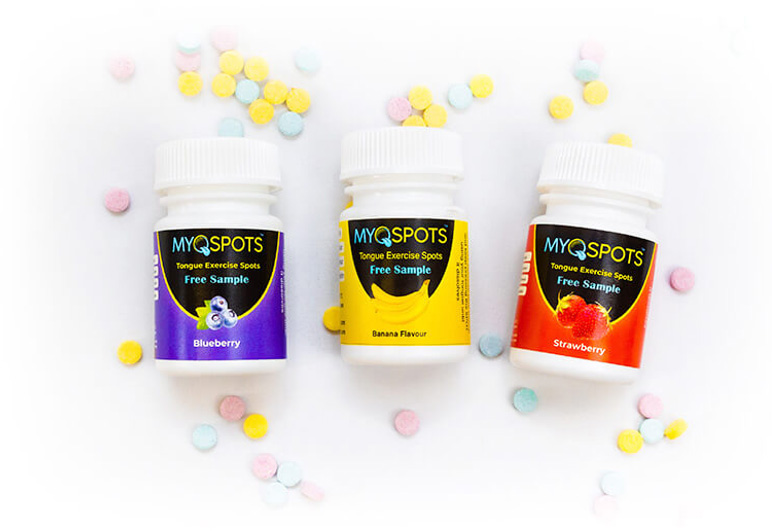A sustainable practice relies on more than word of mouth patient referrals.
But knowing how to branch out and acquire new patients is easier said than done. Especially if marketing is not your thing.
Do you need better SEO? Should you run Facebook ads? Or Google ads? Or ditch the digital options and sponsor the school fete instead? There are so many options and you don’t know which will give you the best return on investment (ROI).
The good news? Marketing health professionals like you, is our bread and butter. We can gauge pretty quickly which marketing tactics will work best for your budget and goals. And we know how to keep you on the right side of AHPRA’s Advertising Guidelines.
Each marketing tactic has its pros and cons, risks (financial and regulatory) and rewards. Here is a high-level overview of the pros and cons of the common marketing strategies used by healthcare professionals.
Consider which strategies you feel might be best suited to your practice. That’s your starting point for acquiring new patients.
Message
Marketing is made up of two core elements – message and medium.
Finding your message can be tricky, though. That’s why so many people end up describing themselves in generic terms that don’t convey their personality or ethos. Patients expect that everyone ‘provides quality healthcare’ so that kind of message doesn’t make you memorable.
Identifying Your Message
You’re not alone in struggling with this. It can be hard to see what’s unique about your own practice – you’re too close to it.
So, do some brainstorming with your team, ask your friends what they notice in your approach to healthcare, ask your patients why they like seeing you. You will uncover some gems that will help guide your marketing.
Case Study: A GP Can
To illustrate what I mean about inspiring messaging, I want you to think for a minute about the work of a GP. If you are a GP, think about a typical day. If you’re a different kind of healthcare professional, think about the last few times you saw your GP.
Now ask yourself, what does a GP do?
Healthdirect’s answer focuses on the services a GP provides: vaccinations, prescriptions, screening tests, chronic disease management etc. It’s not wrong…but it’s hardly inspiring!
Another website, A GP Can, offers a different way of looking at a GP’s role. They focus on a
GP’s ability to motivate, support, be a source of trustworthy information, be a light in someone’s darkness, and form an ongoing trusting relationship. It’s much more appealing and inspiring.
Adapting Your Message to Your Audience
It’s important to get your message out there. But it needs to resonate with your patients and inspire them to make changes that will improve their health.
Think about the patients you saw last week. Think about their age, gender, stage of life, disposable income, values or beliefs. What do they have in common? What’s different from one group to another?
Your message ultimately needs to communicate who you are and what you offer and connect with your patients so they ignore the competition and choose you.
So, if you’re writing a blog (see content marketing below), then you’d focus on a topic relevant to many of your patients, communicate clearly in plain English, show empathy for people’s struggles with this topic and provide support and encouragement for people who want to change their behaviour.
That message communicates a lot about you. It says that you understand what matters to your patients and that you’re approachable, knowledgeable and willing to help.
Mediums – Offline and Online Marketing Strategies
The medium is the particular marketing avenue you choose to use. It could be online or offline depending on the audience you’re trying to reach.
If there’s a particular strategy you’re interested in, then feel free to jump ahead to that section using the links below. It’s often helpful to have an overview of all your options though.
| Strategy | Online/Offline | Examples |
| Traditional marketing | Offline | Cold calling, flyers, billboards, direct mail. |
| Local Area Marketing | Online | Google Business Profile, local search engine optimisation (SEO). |
| Content Marketing | Online | Blogging, video interviews, patient articles, website content, podcasts, infographics. |
| Social Media Marketing | Online | Organic social media posts, |
| Referral Marketing | Online | Email, LinkedIn |
| Promotional Marketing | Offline | Billboards, letterbox drops, newspaper advertising |
| Event Marketing | Offline | Information nights, local sponsorships, GP events |
| Online | Webinars, live event video | |
| Paid | Offline | Ads in magazines, outdoor advertising. |
| Online | Google Ads, Facebook Ads. |
In the next few minutes, you’ll get a much better idea of where to focus your marketing efforts and budget to reach the right people.
1. Traditional Marketing
Direct mail, cold calling, and signage are all examples of traditional marketing. Although online marketing has eclipsed many of these methods, there is still something to be said for them.
Pros of Traditional Marketing
If your target audience isn’t tech-savvy, then traditional marketing strategies are the way to go. You can also use the opportunity to educate them on social media and bring them into the fold.
Cons of Traditional Marketing
Printed marketing collateral is a lot more expensive to produce than online content. It’s also very difficult (or at least expensive) to measure the impact of signage or a direct mail campaign.
2. Event Marketing
Event marketing is a great way to bring people together in your local community.
Pros of Event Marketing
You can connect with your target audience and other industry professionals if you advertise at events. Attendees will also share their experience of the event on their social media profiles.
Cons of Event Marketing
Since events have limited space and involve printed materials, it can be quite expensive to use them for marketing. Your ROI is also very much dependent on the success of the event itself.
3. Content Marketing
Your customers use the Internet to find answers to their questions (WebMD, anyone?) and online content like blogs, videos, podcasts, memes, and infographics supply those answers.
For effective content marketing, you need to include keywords that your audience uses to find information.
Pros of Content Marketing
It’s a great way to educate patients on how to care for their health. Your posts enable you to share your knowledge and expertise, building people’s trust in you. Valuable online content can also be recycled and repurposed as long as it’s still relevant.
Cons of Content Marketing
Your content will fall flat if isn’t informative or engaging (or if it’s full of complicated medical terms). Make sure you know the specific challenges your audience want help with and then create your content based on those.
4. Social Media Marketing
Once you’ve created valuable content, it’s time to distribute it. Social media is a great tool to do that since your patients are probably spending quite a bit of their free time scrolling through their feed. They’ll reward great content with likes, comments, shares…and that translates to bookings.
Pros of Social Media Marketing
The biggest advantage of social media is that it’s free to use. Platforms that still have a high organic reach (such as LinkedIn, Instagram, and Facebook) can work on a zero-dollar budget.
Social media also helps you retain patients because they’re reminded of you more often and grow to appreciate your expertise through your posts. It’s a great way to build engagement and loyalty.
Cons of Social Media Marketing
You can land yourself in hot water with AHPRA if you accidentally post something off-colour or offensive. Make sure you know what your audience likes and doesn’t like. And that you understand AHPRA’s regulations for using social media.
5. Paid Digital Ads
You can also promote your brand and your content with pay-per-click (PPC) and affiliate marketing ads. PPC ads are a force to be reckoned with when combined with social media.
Pros of Paid Digital Ads
They can be very cheap depending on who you’re competing with for keywords and audiences. You can also turn them off with the click of a button if they don’t deliver the results you expect.
Cons of Paid Digital Ads
Expect to pay a lot for ads in highly competitive spaces. It’s also worth noting that your ads are only as good as the images, copy, and offer you use in conjunction with them.
6. SEO
SEO stands for search engine optimisation, and it’s what gets you to the front page of Google when people search for terms like “surgeons near me” or “after hours GP”.
On-Site SEO
Websites with useful content and slick designs will rank higher in Google search results. Tools like Yoast can help you fine-tune your content so that it’s more easily found by search engines.
Link Building
Link building is the process of asking other websites to link to yours. Do that by creating content that complements that of other sites, so they have a reason to share your site with their readers.
Technical SEO
There are over 200 factors that determine the overall SEO score of your website. Each of them can nudge your website towards the top of search results…or bury you on the second page.
Feeling Enlightened?
Now that you have a broad overview of the options available to you, it’s time to look at your target audience and ask yourself some vital questions:
- Where can they best be reached?
- Which challenges do they face?
- Do they attend events? (And if so, which ones?)
- Are they on social media? (And if so, which platforms?)
Answering these questions will help you create a solid marketing plan. It could be a matter of sticking to one approach or you could combine all of them into a comprehensive strategy. Of course, other factors like time and cost also come into play.
Just remember this rule of thumb: always be where your audience is.
Need Some Help?
There are many ways to market your practice. Splice Marketing is a team of highly experienced marketing professionals who specialise in healthcare marketing. We’ve helped many healthcare professionals – doctors, specialists, allied health providers – to market their practices more effectively. They’re now enjoying a steady stream of patients. You could be too.
If you’d like us to help with any aspects of your marketing, please get in touch. We’d love to help you work out the next step to grow your practice.







